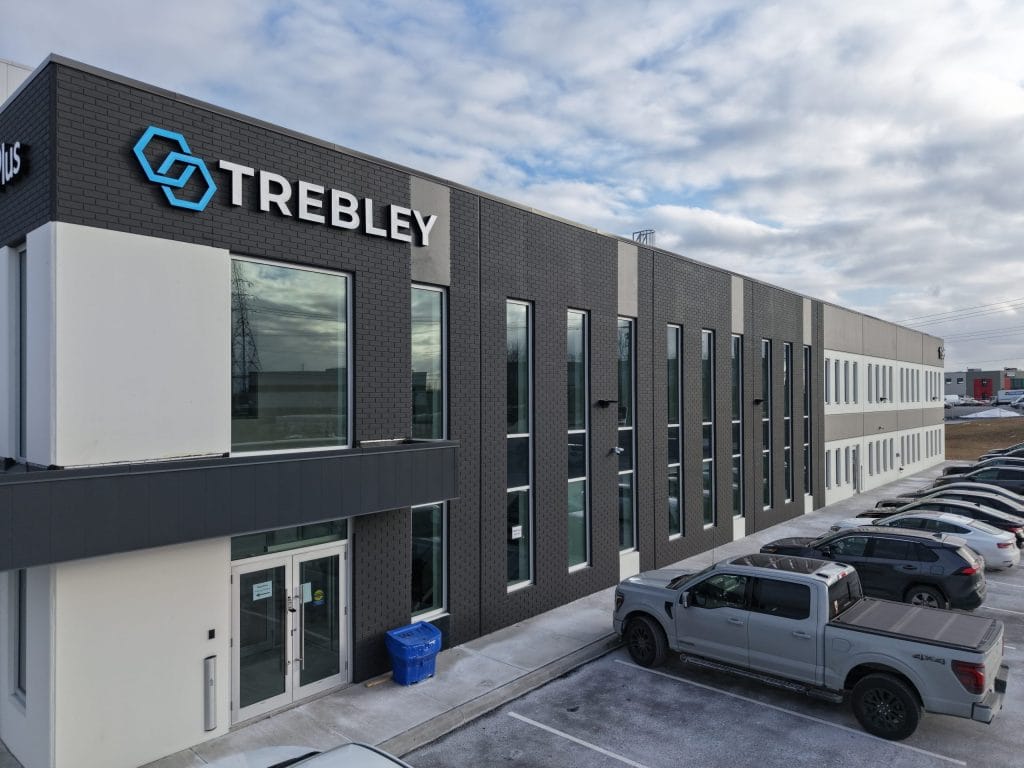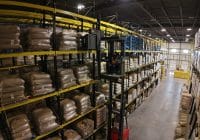Analyzing warehouse performance is essential for streamlining operations, cutting costs, and improving accuracy. In this guide, we break down how to evaluate your warehouse performance step by step—using real metrics, tools, and best practices.
Whether you manage your own facility or work with a 3PL partner, warehouse performance analysis helps you make smarter, faster decisions.
Below, we’ll walk through the key stages of effective analysis—from setting goals to turning insights into action.
Define Your Objectives
Before analyzing anything, decide what you’re trying to improve. Are you aiming to speed up shipping, reduce returns, or lower storage costs? Clear goals will help you focus on the right performance metrics.
Track Key Performance Indicators (KPIs)
Core Warehouse KPIs:
| KPI | What It Measures | Why It Matters |
| Order Picking Accuracy | % of correctly picked orders | Reduces returns and increases customer satisfaction |
| Inventory Accuracy | System vs. physical count match | Ensures reliable stock data and prevents stockouts |
| Order Cycle Time | Time from order received to shipped | Indicates fulfillment speed |
| Dock-to-Stock Time | Time from receiving goods to put-away | Affects inventory availability |
| Carrying Cost of Inventory | % of inventory cost vs. total value | Helps reduce excess inventory |
| Storage Utilization | Used vs. available storage space | Indicates efficiency of space usage |
| Warehouse Capacity Used | % of physical warehouse space used | Affects future growth and flow |
| Labor Productivity | Orders/pallets per labor hour | Helps assess workforce efficiency |
| Return Rate | % of orders returned | Indicates fulfillment errors or product issues |
| Damage Rate | % of products damaged in handling | Affects inventory shrinkage and customer trust |
Use Technology and Data Tools
Modern warehouse performance depends on modern tools. This includes:
- Warehouse Management Systems (WMS)
- ERP integration
- Barcode & RFID scanning
- Real-time dashboards for KPI tracking
These tools allow teams to reduce manual errors, access accurate data quickly, and react to trends before they become problems.
Conduct Operational Audits
Data alone doesn’t tell the whole story. You also need regular floor audits to spot issues in:
- Picking accuracy
- Packaging waste
- Space planning
- Staff workload
Walk the floor, talk to team members, and validate if real-life execution matches your SOPs.
Benchmark Against Standards
Are your numbers good—or just average? Benchmark your KPIs against:
- Industry averages
- Your past performance
- Your chosen 3PL or fulfillment partner’s guarantees
Use these benchmarks to set realistic improvement goals and track progress over time.
Gather Feedback
Don’t rely on reports alone—ask:
- Staff what slows them down
- Clients what frustrates them
- Drivers where bottlenecks occur
Operational feedback is often the missing piece in understanding process breakdowns and customer complaints.
Prepare a Warehouse Performance Report
Wrap up your analysis in a monthly or quarterly report that includes:
- KPI trends
- Bottlenecks spotted
- Areas of improvement
- Action steps taken
This report is your foundation for continuous improvement and stakeholder alignment.
Bonus: Sample Dashboard Structure
Here’s a simple layout to start measuring your key metrics:
| Metric | Target | Current | Status |
| Order Accuracy (%) | 99.5% | 98.9% | 🔴 Below |
| Inventory Accuracy (%) | 99% | 99.2% | 🟢 Above |
| Orders per Labor Hour | 15 | 12 | 🟠 Average |
| Damage Rate (%) | <1% | 1.5% | 🔴 High |
This visual approach makes it easier for managers to detect trends and address issues proactively.
How Trebley Helps You Analyze and Improve Warehouse Performance

Trebley is more than just a logistics company—we’re your operational partner. Businesses across Nova Scotia, Ontario, and beyond choose Trebley because we make warehouse performance simple, transparent, and scalable.
Here’s what sets us apart:
- No long-term contracts — You only pay for the space you use
- Full visibility — Track inventory and orders with real-time tools
- All-in-one services — Warehousing, transportation, rail, cross docking, kitting, and more
- Performance-driven operations — We actively monitor KPIs like dock-to-stock time, order accuracy, and utilization
- 72+ years of experience — Trusted by over 150 businesses across Canada and the U.S.
Whether you’re a startup scaling fast or an established brand optimizing logistics, Trebley helps you improve warehouse performance with smart, flexible, and reliable 3PL solutions.
Conclusion
Warehouse performance analysis isn’t just about numbers—it’s about clarity. When you know what’s working and what’s not, you can fix delays, reduce waste, and grow faster. Whether you’re running your own warehouse or relying on a 3PL partner, having the right KPIs, tools, and reporting in place puts you in control. The better your data, the better your decisions—and your results.
FAQs
1. What is warehouse performance analysis and why does it matter?
Warehouse performance analysis is the process of tracking and evaluating key metrics like order accuracy, cycle times, and inventory levels. It matters because small inefficiencies in your warehouse can lead to big problems like delays, errors, and lost revenue.
2. Which KPIs should I focus on first when analyzing warehouse performance?
Start with the basics: order picking accuracy, inventory accuracy, order cycle time, and storage utilization. These directly affect customer satisfaction and operational cost.
3. How often should I run a warehouse performance analysis?
Monthly reviews are ideal for most operations, but larger warehouses or seasonal businesses may need weekly performance snapshots to stay ahead of issues.
4. Can small businesses benefit from warehouse performance analysis?
Absolutely. Even if you’re operating in a small space, knowing your KPIs helps reduce costs, speed up fulfillment, and scale with less risk.
5. Do I need software to track warehouse KPIs?
While you can start with spreadsheets, tools like WMS (Warehouse Management Systems) and real-time dashboards make tracking faster and more accurate—especially as your operation grows.
6. What’s the difference between operational audits and performance reports?
Audits are hands-on checks of your workflows and staff processes. Performance reports are data-based summaries of your metrics. Together, they give a full picture of your warehouse health.
7. What should I include in a warehouse performance report?
Include your tracked KPIs, trends, benchmarks, problem areas, and action steps. Keep it simple and actionable—this isn’t just for leadership, but for teams too.
8. How can a 3PL provider like Trebley help with warehouse performance?
A trusted 3PL like Trebley already tracks key metrics, runs audits, and provides flexible warehousing, so you don’t have to build systems from scratch. They help you stay lean, accurate, and scalable without long-term contracts.





